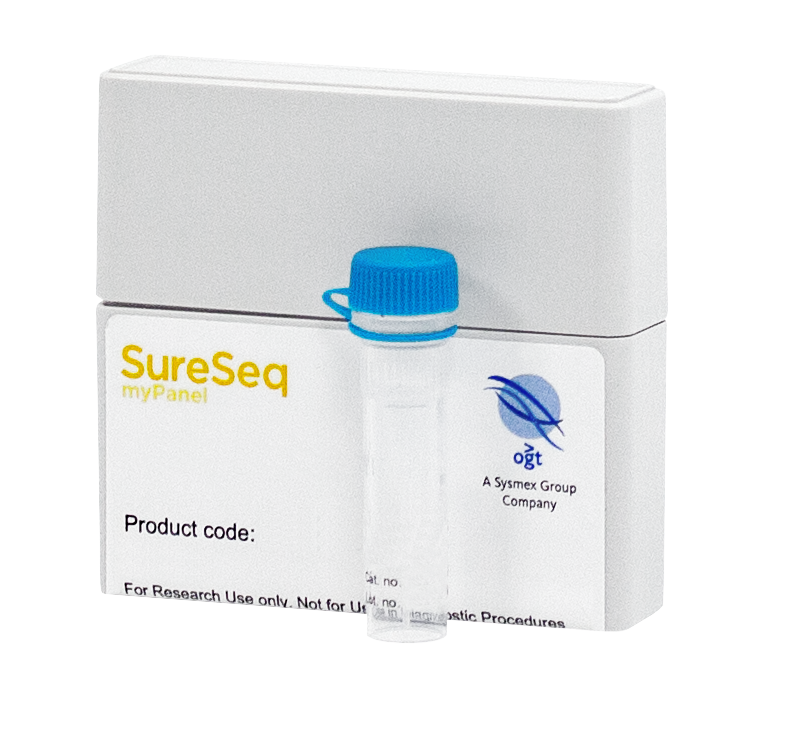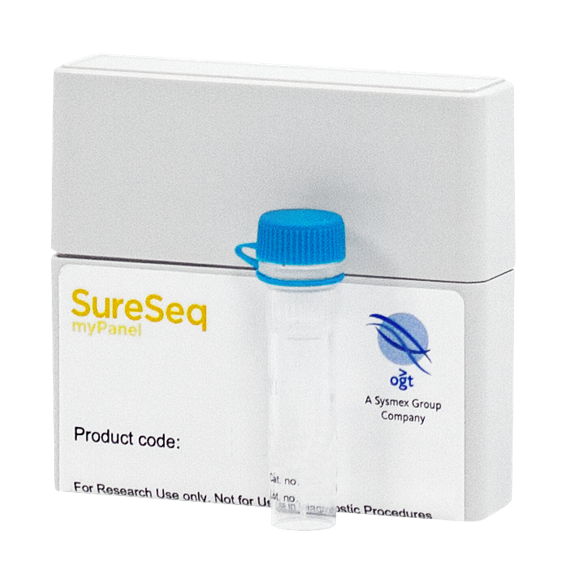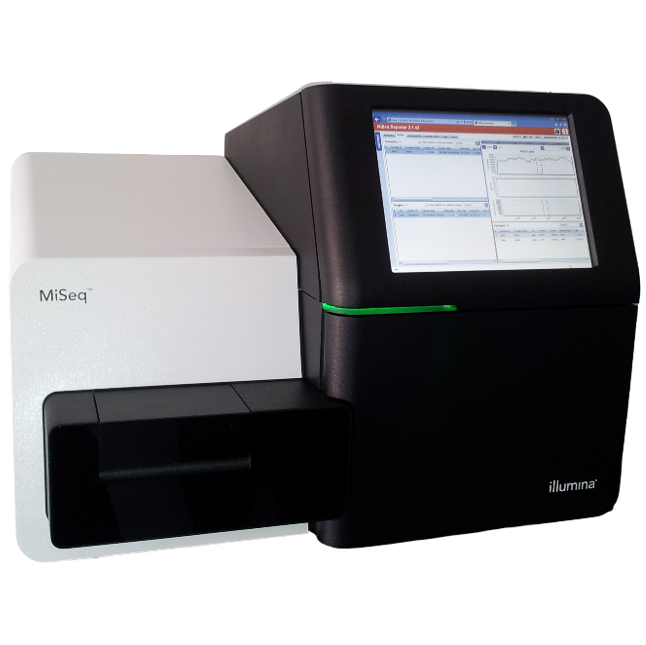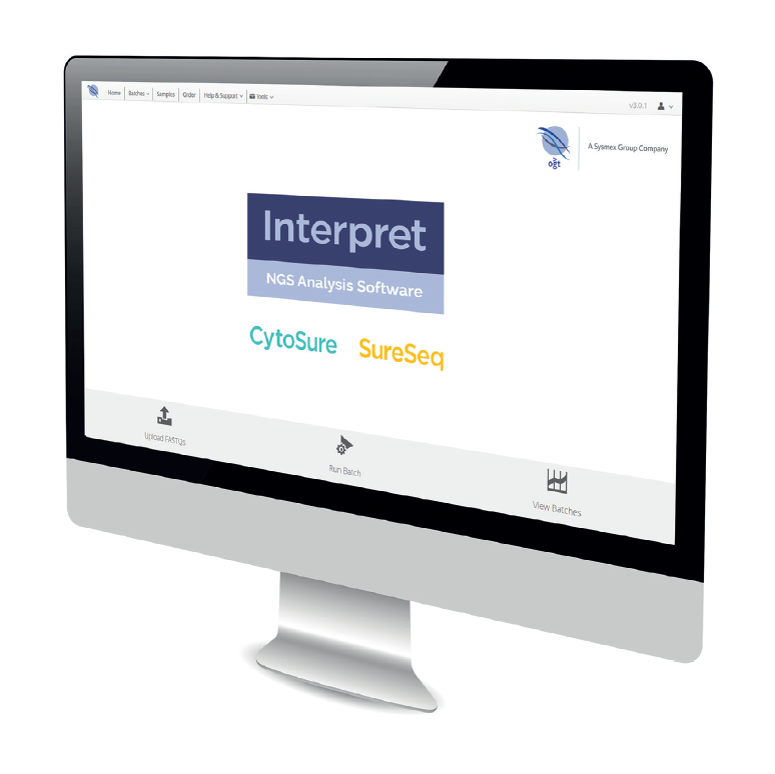
Breast cancer is the second most common cancer in women after skin cancer. Approximately one out of eight women will be diagnosed in their lifetime with some form of breast cancer. Next generation sequencing (NGS) has enabled the simultaneous study of mutations in high-penetrance breast cancer predisposition genes. These include BRCA1, BRCA2 and other high-risk breast cancer susceptibility genes such as TP53 (Li-Fraumeni syndrome), PTEN (Cowden’s syndrome) and PIK3CA, as well as more moderate-risk genes such as PALB2, BRIP1, RAD51C and RAD51D.
Choose your ideal breast cancer NGS panel from our range of fully tested and optimised NGS panel content. Simply mix and match the genes or individual exons you require and get the most out of your sequencing runs. Use in conjunction with the SureSeq™ FFPE DNA Repair Mix† for improved NGS library yields, %OTR (on target rate) and mean target coverage from challenging FFPE derived samples.

Detect low frequency breast cancer variants consistently with confidence

Create your ideal panel and sequence only what’s relevant for your research

Get the most comprehensive insight into disease-driving mutations

Easy-to-use analysis solution for accurate detection of all variants
Mutations in BRCA1 and BRCA2 genes lead to an increased susceptibility to breast, ovarian, and other cancers. Figure 1, illustrates the superior uniformity of coverage of key exons of BRCA1, and Figure 2, BRCA2 from an FFPE sample with SureSeq compared to an amplicon-based panel.
The PI3K pathway is the most frequently enhanced oncogenic pathway in breast cancer. Among mechanisms of PI3K enhancement, PIK3CA mutations are most frequently (~30%) observed, with the majority of PIK3CA somatic mutations located in 2 “hot spots”: E542K or E545K in exon 9, and H1047R or H1047L in exon 201, Figure 3.
Sequencing of another frequently mutated breast cancer gene, TP53, where point mutations are predominantly located in exons 5-82, is often hampered by the GC-rich content, which can lead to technical challenges in assay design and analysis. OGT’s innovative bait design overcomes this issue, offering a high level of uniform coverage for these difficult genes to sequence in FFPE samples, Figure 4.
* Exon examples not yet available

*Panel size is an estimation based upon recommended custom panel content. †The SureSeq FFPE DNA Repair Mix can only be purchased in conjunction with SureSeq NGS panels, not as a standalone product.


